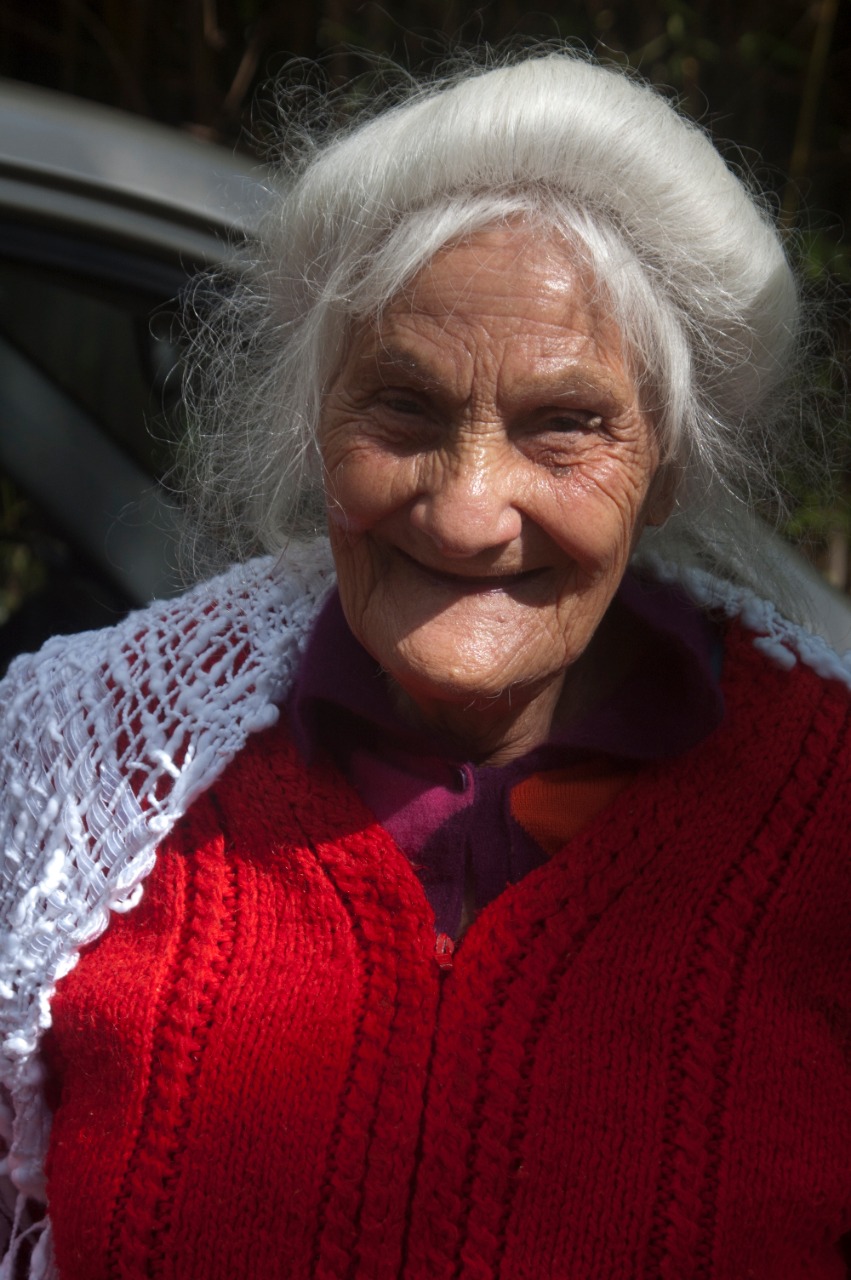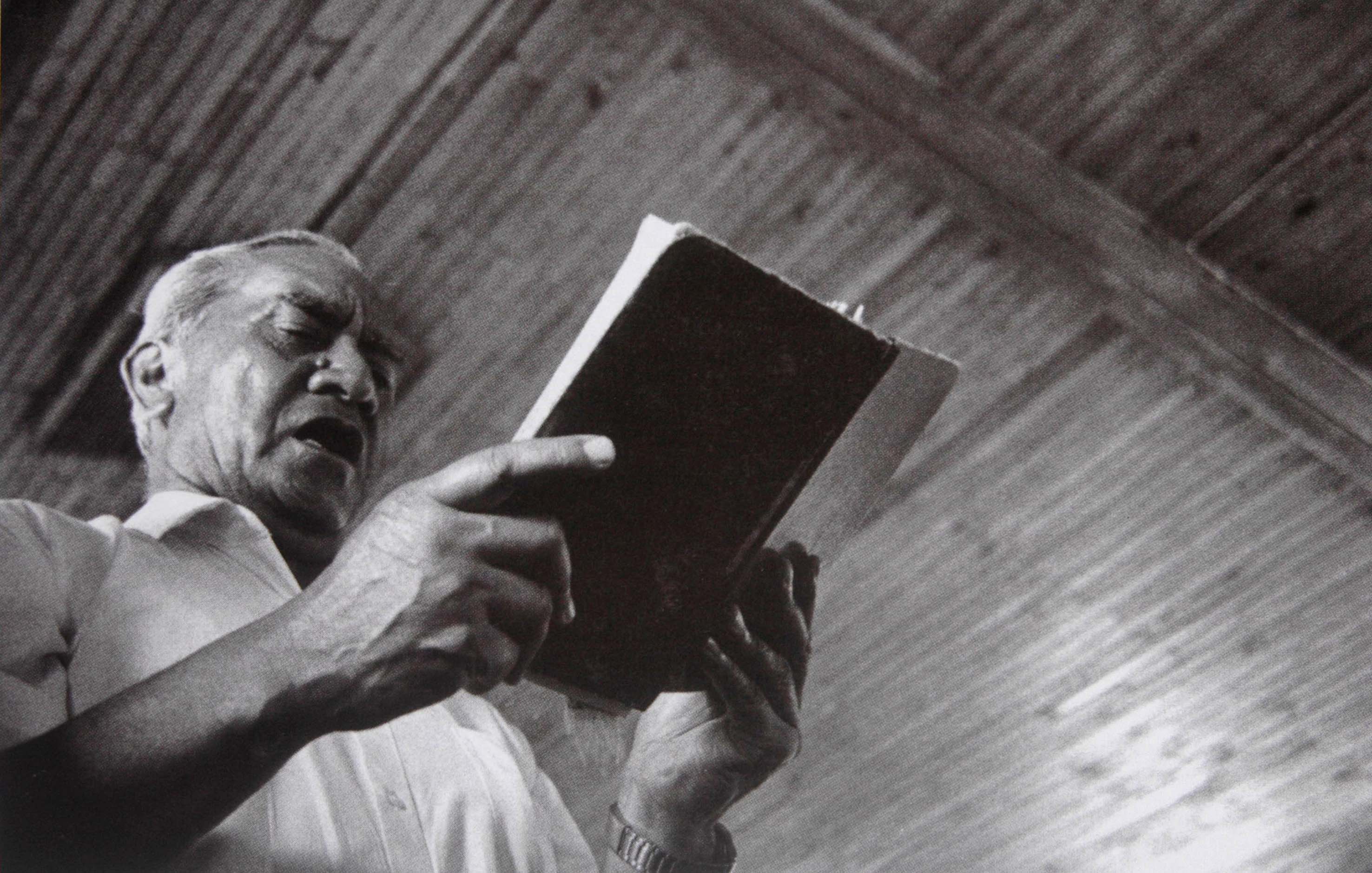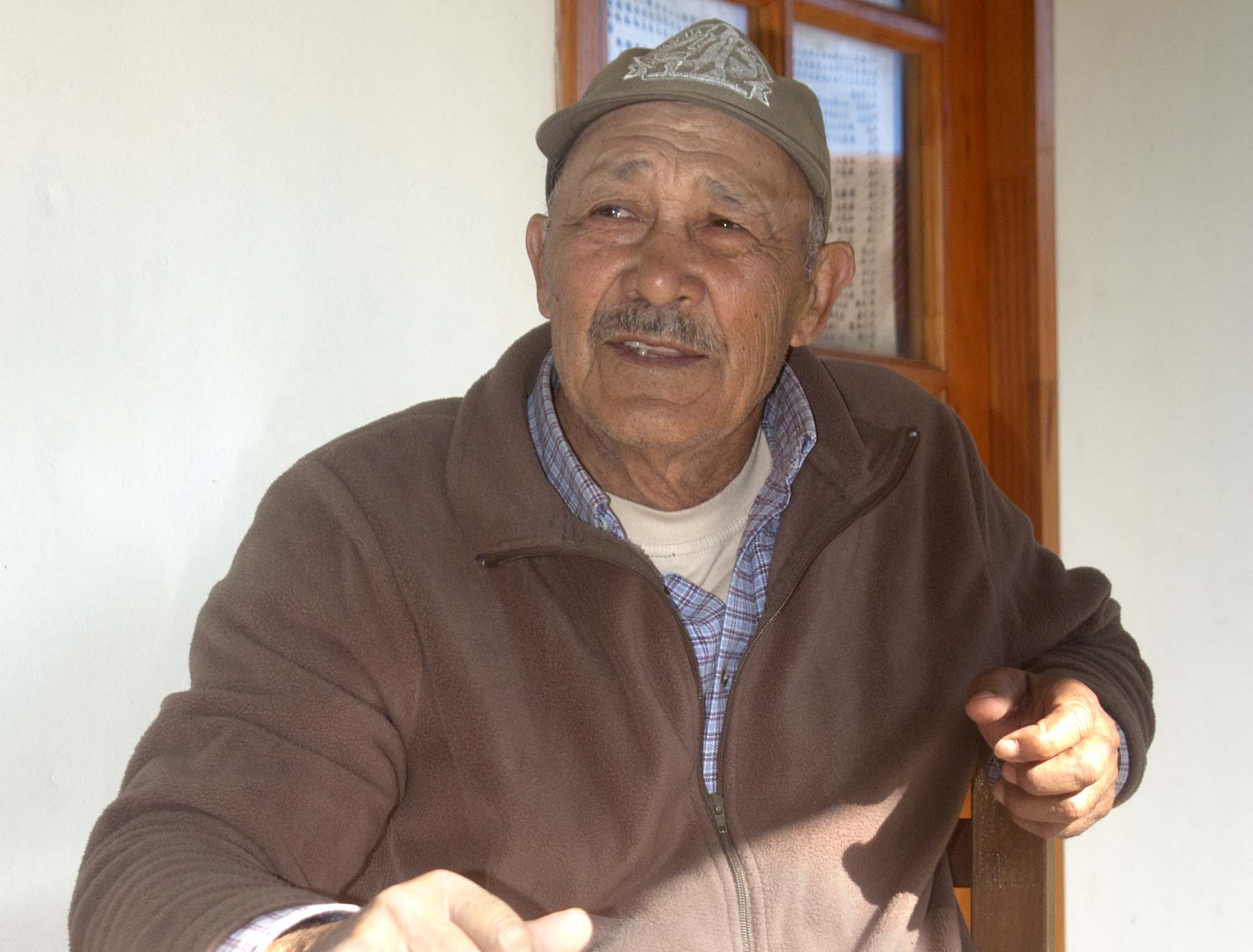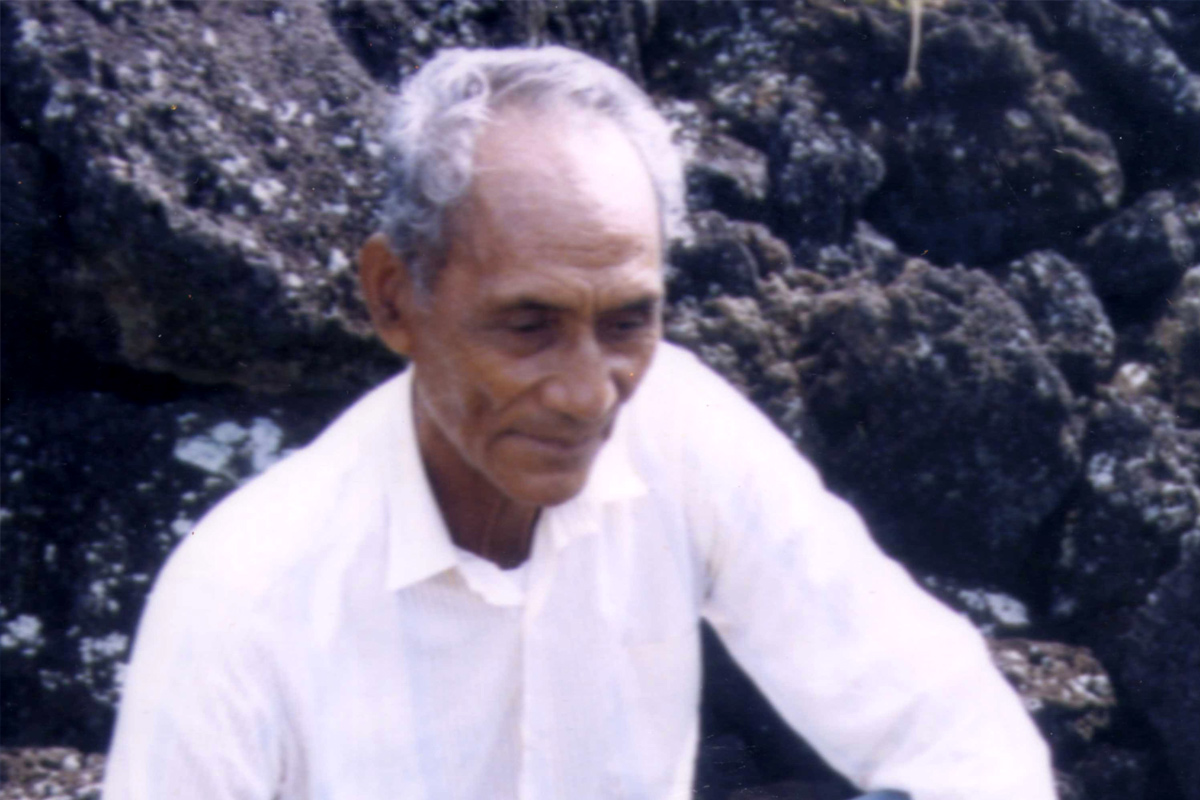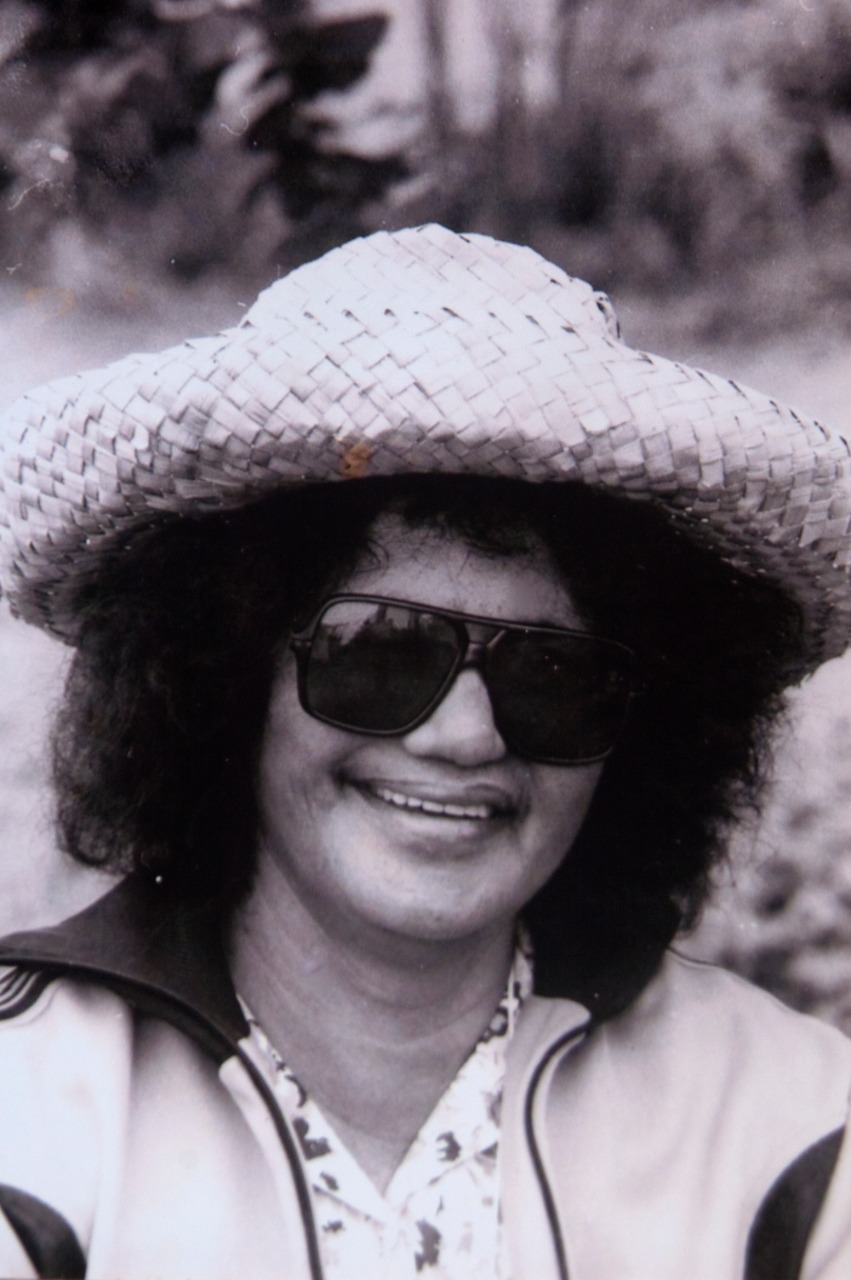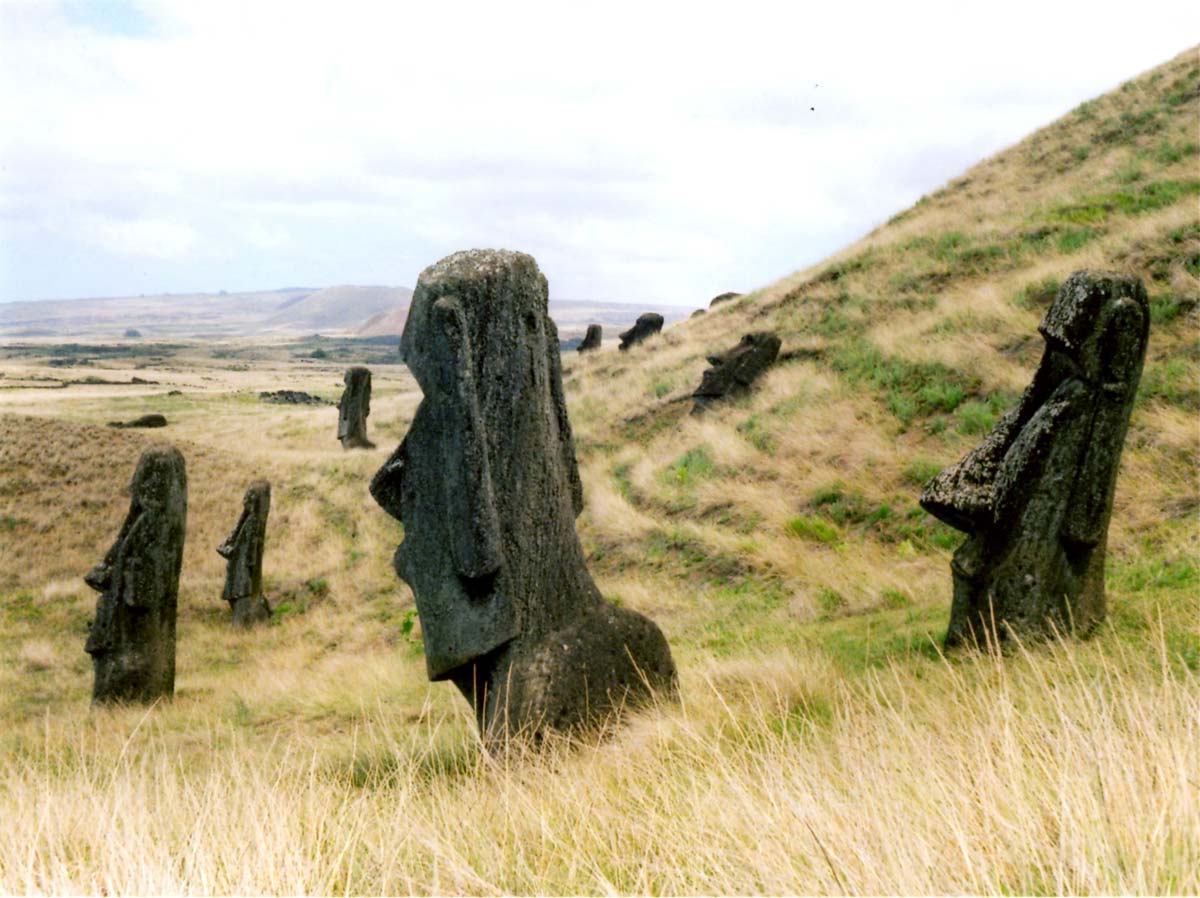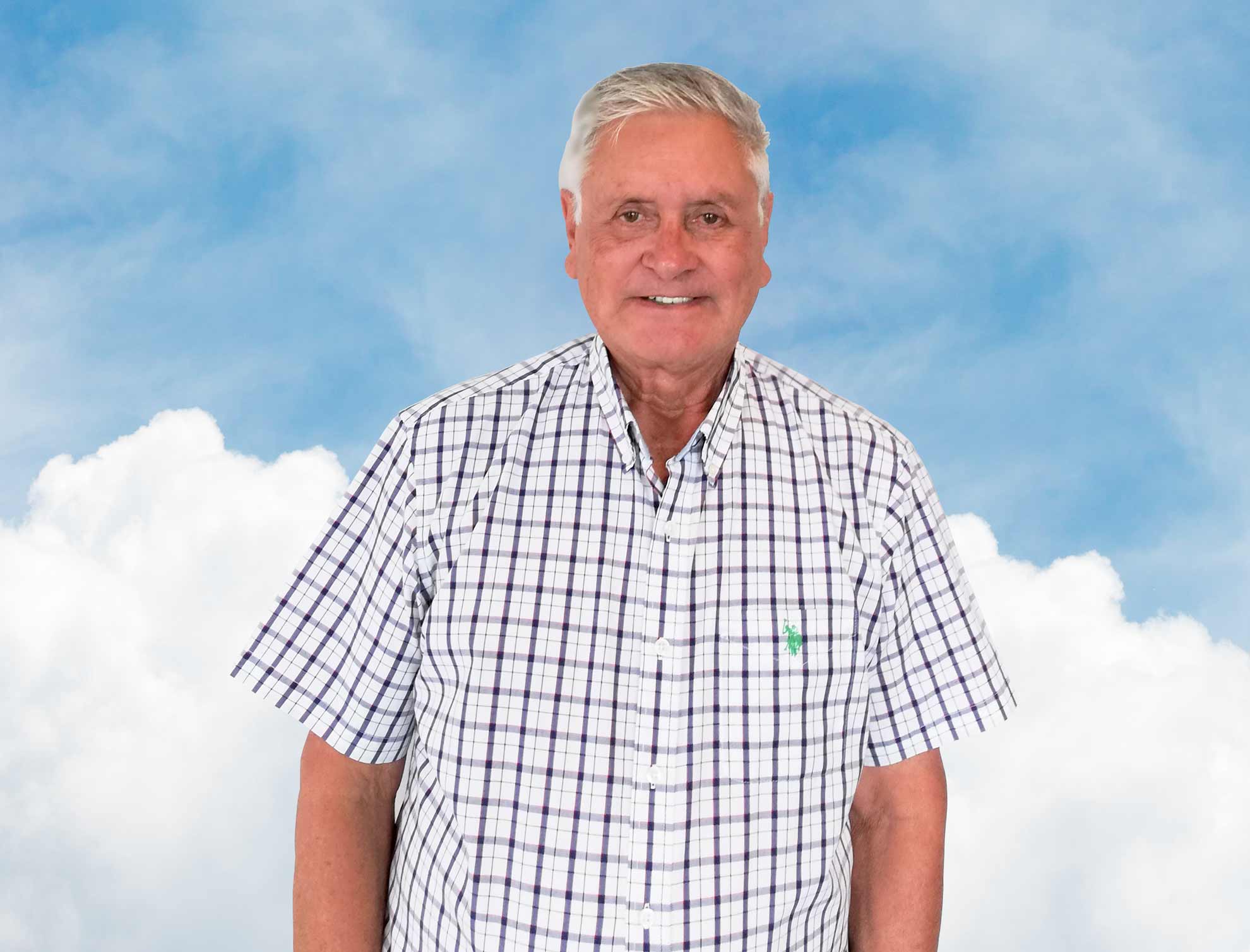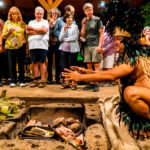María Ignacia Paoa Rangitopa
“for a problem that I had with my hair, it began to fall out in large chunks. The Taote (doctor) shaved me and made me stay in bed. Some thought that he was punishing me and shutting me up in the house. He was a good doctor, but as governor he used to punish very severely.”
“I was raised by my aunt, Merina Lataro Neru Tu´u Matahi, whom we called “Merico”. She is my father’s first cousin and she loved me very much. She planted taro, sweet potato and manioc in the countryside and that was what we ate every day. She would boil them up and the meal was ready. It was only after the Williamson & Balfour Company came that we had beef, pork and other foods. When I was 16, I went to work at Mataveri in the house of the Company administrator, Mr. Colin Morrison, and when it was shearing time I would go to Vaitea to sew bales of wool. He was my boyfriend and was a real gentleman. When he had to return to the “conti”, he wanted to take me but I wasn’t allowed to leave because we had leprosy on the Island. Once, when a friend of Morrison’s came on a ship and asked him if I was an islander and had leprosy, he took off my dress and said to him: “Look, she doesn’t have leprosy”. Then I asked the friend if he was a “gringo” (foreigner, European), because I was half “gringa”. My father is the son of a Frenchwoman (Marta Bornier) and my mother is the daughter of a Scotsman (Carlos Mack).



Touching her lovely white hair, María Ignacia recalls the Naval doctor, Alvaro Tejeda, with whom her mother, Carmela, had a daughter named Regina. She tells that : “for a problem that I had with my hair, it began to fall out in large chunks. The Taote (doctor) shaved me and made me stay in bed. Some thought that he was punishing me and shutting me up in the house. He was a good doctor, but as governor he used to punish very severely.” In 1938 to celebrate the fiftieth anniversary of the annexation to Chile, Alvaro Tejeda prepared a big party in which all who participated had to make a presentation of something with an Easter Island motif. That’s how we began to rediscover the Kai Kai string games and the Pata´uta´u poetry. When the subject of Island dancing comes up, María Ignacia gets out of her chair and shows a dance with soft, harmonious movements and the traditional hip swaying. “I learned this in Tahiti. Before, the people didn’t dance like this. They danced the Taritarita accompanied with music from the accordion and the harmonica. It was a more jumpy dance. The dancing of today is Tahitian.”
Her younger sister, Inés, related that : “Her husband, Ramón Hey, was first married to Cecilia Tuki, who got sick with the leprosy and was taken to the sanatorium. When she died, Ramón married Maria Ignacia. He beat her a lot and she would run away, back to her mother’s house. Then he would come and take her back with all of her things. They didn’t have any children.” Today María Ignacia claims that she lives alone without any problems and is happy because her niece, Ana María Edmunds, takes her and her sisters , Marta, Rufina and Inés, out to the countryside on the weekends.
Featured Reports:
Patricia Lillo Chinchilla
Patricia Lillo ChinchillaPatricia Lillo, daughter of Eusebio Lillo, thus a descendant of the composer of the Chilean national anthem, and Elba Chinchilla, has lived for more than 50 years on Easter Island, as a result of her older sister Elvira marring Marcelo...
Alberto Hotus Chavez
Alberto Hotus ChavezAlberto Hotus, 82, is Chairman of the Rapa Nui Council of Elders. This was created in 1980 with the aim of recovering the investiture of Rapanui chiefs and rejecting the delivery of individual titles of land ownership, a situation that was opposed...
Matusalem Masú Hey
"Matusalem" Masú HeyMasú Hey’s family name really should be Edmunds. His father, Enrique, is the son of Henry Percival Edmunds, the English administrator for the Williamson & Balfour sheep company between 1903 and 1930, and of Sofía Hey, the mother of the first...

